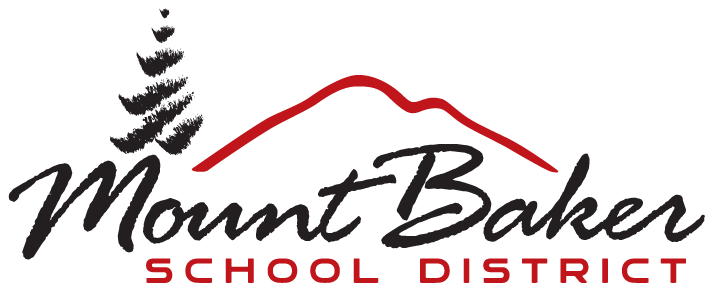Mount Baker School District Land Acknowledgement
We would like to acknowledge that we gather on the ancestral homelands of the Coast Salish Peoples, specifically Nooksack and Lummi tribes, who have lived in the Salish Sea basin, throughout the San Juan Islands and the North Cascades watershed, from time immemorial. On behalf of everyone here, we want to express our deepest respect and gratitude for our indigenous neighbors, the Nooksack and Lummi tribes, for their enduring care and protection of our shared lands and waterways.
Visit the Lummi Nation website at https://www.lummi-nsn.gov/.
Visit the Nooksack Indian Tribe at https://nooksacktribe.org/.
The Library of Congress, National Archives and Records Administration, National Endowment for the Humanities, National Gallery of Art, National Park Service, Smithsonian Institution and United States Holocaust Memorial Museum join in paying tribute to the rich ancestry and traditions of Native Americans.
About National Native American Heritage Month
What started at the turn of the century as an effort to gain a day of recognition for the significant contributions the first Americans made to the establishment and growth of the U.S., has resulted in a whole month being designated for that purpose.
One of the very proponents of an American Indian Day was Dr. Arthur C. Parker, a Seneca Indian, who was the director of the Museum of Arts and Science in Rochester, N.Y. He persuaded the Boy Scouts of America to set aside a day for the “First Americans” and for three years they adopted such a day. In 1915, the annual Congress of the American Indian Association meeting in Lawrence, Kans., formally approved a plan concerning American Indian Day. It directed its president, Rev. Sherman Coolidge, an Arapahoe, to call upon the country to observe such a day. Coolidge issued a proclamation on Sept. 28, 1915, which declared the second Saturday of each May as an American Indian Day and contained the first formal appeal for recognition of Indians as citizens.
The year before this proclamation was issued, Red Fox James, a Blackfoot Indian, rode horseback from state to state seeking approval for a day to honor Indians. On December 14, 1915, he presented the endorsements of 24 state governments at the White House. There is no record, however, of such a national day being proclaimed.
The first American Indian Day in a state was declared on the second Saturday in May 1916 by the governor of New York. Several states celebrate the fourth Friday in September. In Illinois, for example, legislators enacted such a day in 1919. Presently, several states have designated Columbus Day as Native American Day, but it continues to be a day we observe without any recognition as a national legal holiday.
In 1990 President George H. W. Bush approved a joint resolution designating November 1990 “National American Indian Heritage Month.” Similar proclamations, under variants on the name (including “Native American Heritage Month” and “National American Indian and Alaska Native Heritage Month”) have been issued each year since 1994.
Visit the Native American Heritage Month website at https://nativeamericanheritagemonth.gov/. Visit other dedicated websites:
- National Archives
- National Endowment for the Humanities (EDSITEment)
- National Archives
- National Park Service
- Smithsonian Education
Source: Native American Heritage Month, https://nativeamericanheritagemonth.gov/. Accessed 30 September 2022.

